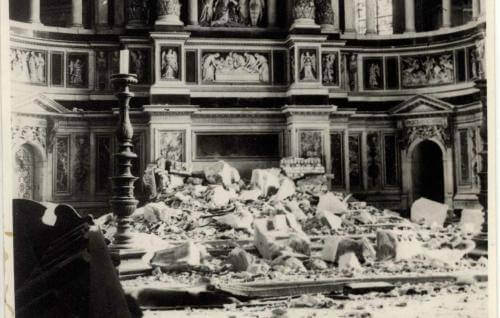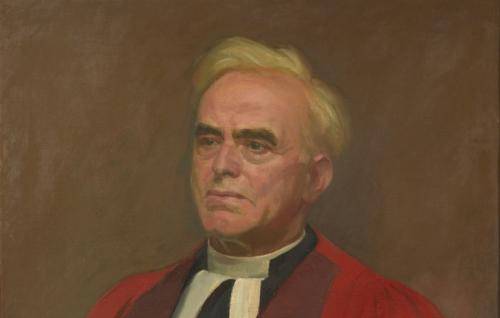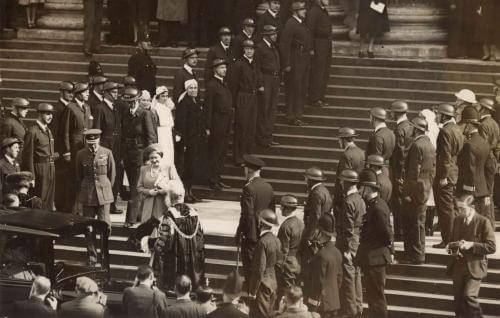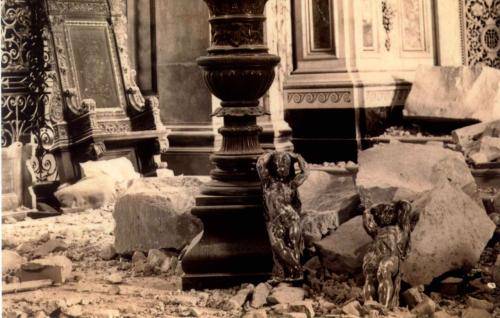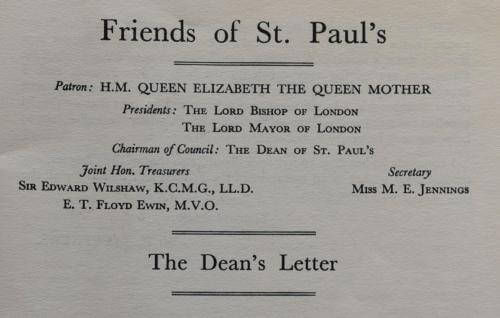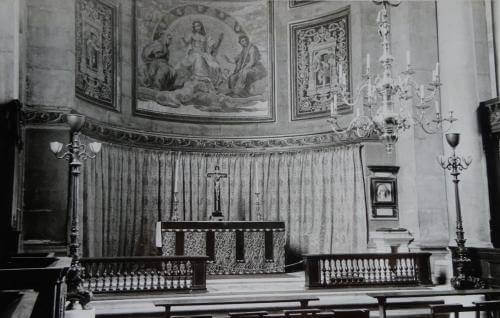The St Paul's Watch
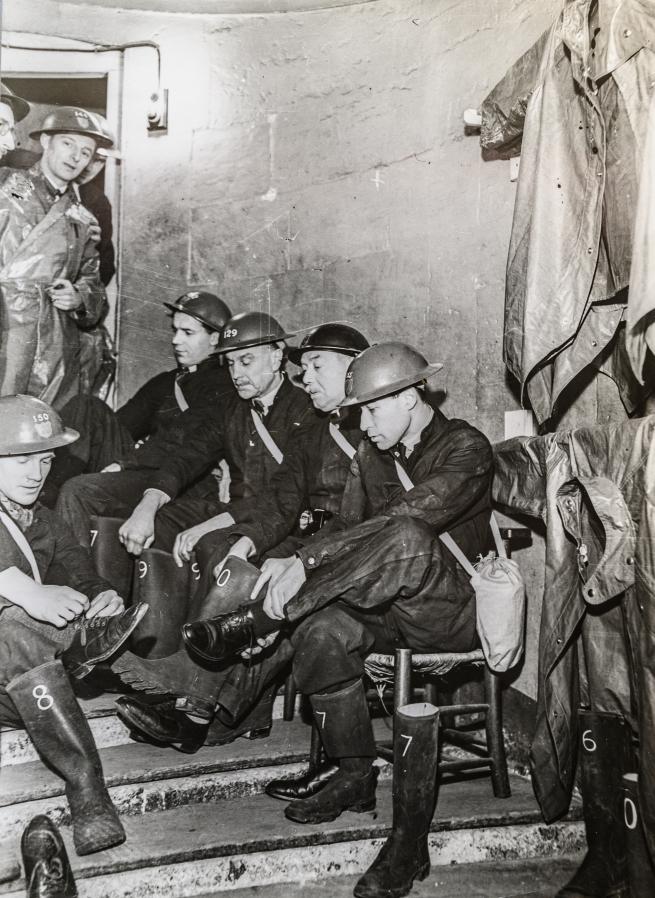
Members of the St Paul's Watch on duty during the Second World War. Image courtesy of David Morse.
The St Paul's Watch
Guardians of the night
Before the Friends, there was the St Paul's Watch. At the outbreak of the Second World War in 1939, the Cathedral was poised for aerial attacks. The threat of fire caused by incendiary bombs was very real and St Paul’s was vulnerable.
The question was, what could be done to save the Cathedral if it caught fire? In answer, the Cathedral reinstated their own personal fire brigade: the St Paul's Watch.
Originally formed in 1915, during the Second World War they were a willing group of over 300 volunteers drawn from Cathedral clergy and staff, as well as retired architects, local residents and many others, captained by the Cathedral's Surveyor to the Fabric, Godfrey Allen. Their duty was to keep watch over the Cathedral, put out fires and help protect it from harm.

Godfrey Allen, Surveyor to the Fabric and member of the St Paul's Watch. (Ref. No. 1867).
The first line of defence
Whilst the bombs that dropped over London were small, they burst into flames on impact, and could not be extinguished with water; doing so would cause them to explode. Instead, they had to be put out with sand within the space of 10 minutes - any longer and the bomb would burn through the roof and fall into the Cathedral below.
It was therefore essential for the Watch to be in position throughout an air raid, and this they did every night during the war.

An entry from one of the logbooks belonging to the St Paul's Watch, 16-17 April 1941
A nightly routine
The nightly shifts followed a set routine, and all actions were logged in rough notebooks. From their headquarters in a south-west corner of the Triforium, constant communication was kept by telephone with location points in the Dome and Crypt, as well as with the local fire brigade.
The phones were often looked after by the Dean, Revd. Walter Matthews, who was a devoted supporter of the Watch’s activities.
The ‘Watchers’ were also supported by a small team of first aiders, composed of medical staff from local hospitals and regular volunteers, most of whom were women. They operated a general first aid post in the Crypt and an advanced dressing station at the Watch headquarters at an upper level of the Cathedral.

An aerial photograph of St Paul's taken during the Second World War (Ref. No. 1908)
Direct hits and 'near misses'
The Watch were witness to the key moments of the Cathedral’s experience of the Blitz. St Paul’s received two direct hits from high explosives, one at the East End on the 10th October 1940, and one over the North Transept on the 16th April 1941.
The Cathedral also had a number of ‘near-misses’. The most hair-raising was a high explosive bomb weighing 225kg that fell directly to earth several metres from the West Steps on the 12th September 1940. After failing to detonate, it was eventually excavated and safely removed by a team of Royal Engineers, the leader of which was awarded the George Cross for his bravery.
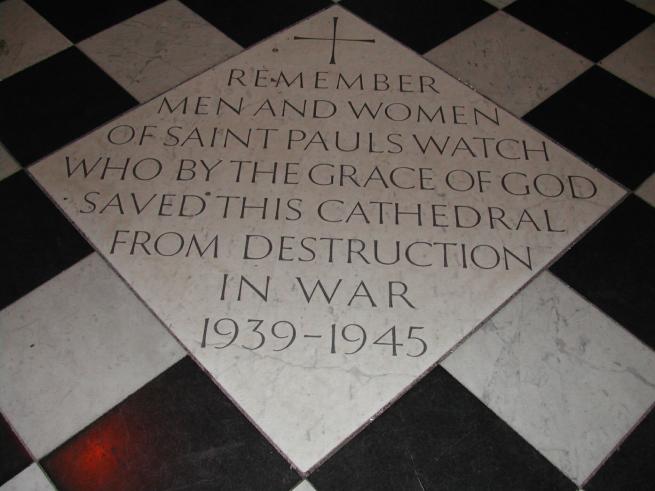
The memorial to the St Paul's Watch at the west end of the Cathedral Floor (Ref. No. 9367)
Friendship and fellowship
Finally, after fending off fires caused by over 60 bombs, and having miraculously survived two direct hits by high explosives, the Watch stepped down at the end of the Second World War, having succeeded in their quest to protect our Cathedral.
Their bravery is commemorated by an elegant memorial on the Cathedral floor in front of the West Doors. At a special service of thanksgiving for the Watch held in 1945, Dean Matthews concluded his sermon with these words:
‘May the friendship and fellowship here formed go on through the years’.
As the founding of the Friends of St Paul’s seven years later would attest, this was an accurate toast.





